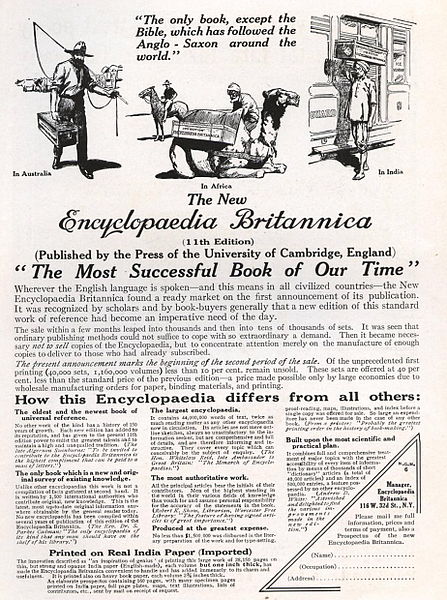10 December marks major developments in time and space during the European age of enlightenment.
The first, at the dawn of the age, belongs to the heavens. In November 1684 Isaac Newton sent a paper to Edmond Halley. On 10 December Halley read it to the Royal Society. We call it de motu corporum in gyrum, “On the motion of bodies in an orbit”. It was the nucleus of the Principia. For those of us who lack the science, it includes a Latin neologism, vis centripetal, centripetal force.
The second, at the dusk of the age, falls to earth. The vagaries of weights and measures in the ancien regime were a grievance which the revolutionary French fixed over a number of years.
By the law of 19 Frimaire Year VIII, ie 10 December 1799, they set the physical length of the metre at 443.296 French ligne.
The ligne is familiar for those who keep to imperial inches and feet. The ligne was 1/12th of a pouce, the French inch, and 12 pouces made up the pied due roi, the royal foot. Neatly for fans of the Norman Conquest, the French royal foot comes in at 1.066 English feet. It may have made the difference.
Mind you, the British had been busy the generation before. On 10 December 1768 – the year James Cook began his first voyage of discovery – King George III signed the instrument creating the Royal Academy of Arts and the first edition of the Encyclopedia Britannica was published.
The latter has a place in modern knowledge. Because the 11th edition published in 1911 has a very good overall quality and is in the public domain, it is the source of many online articles about older events and is a key source for Wikipedia. Whether the converse – that information in the public domain necessarily has a very good overall quality – may be an issue if we reach an age of disenlightenment.
